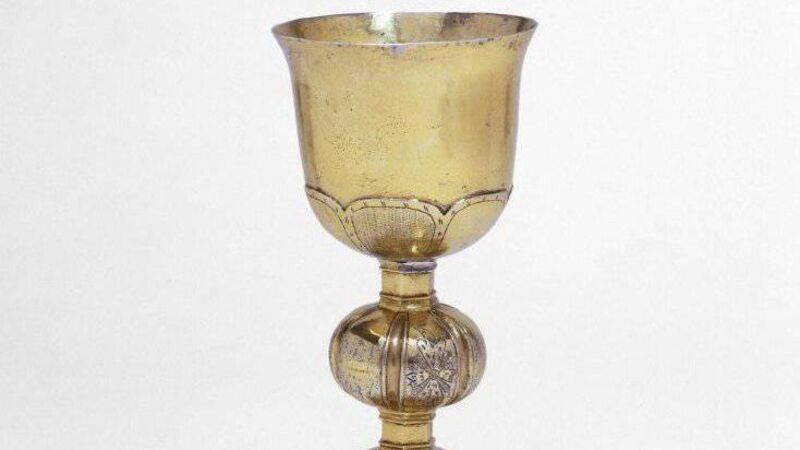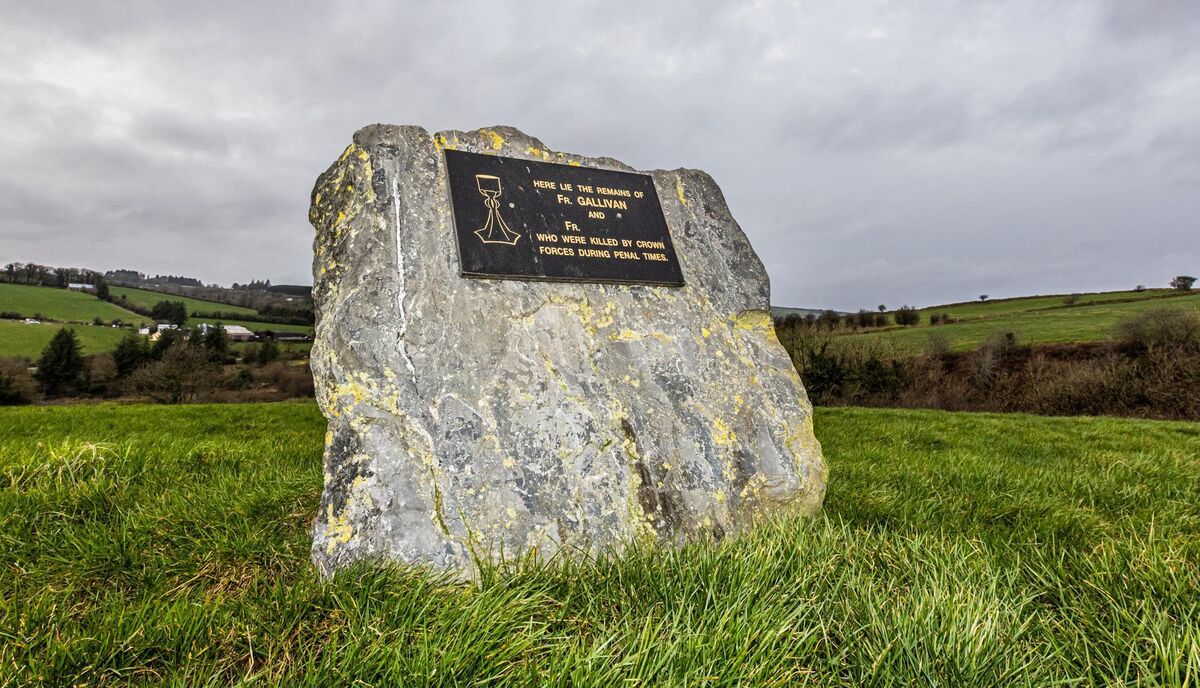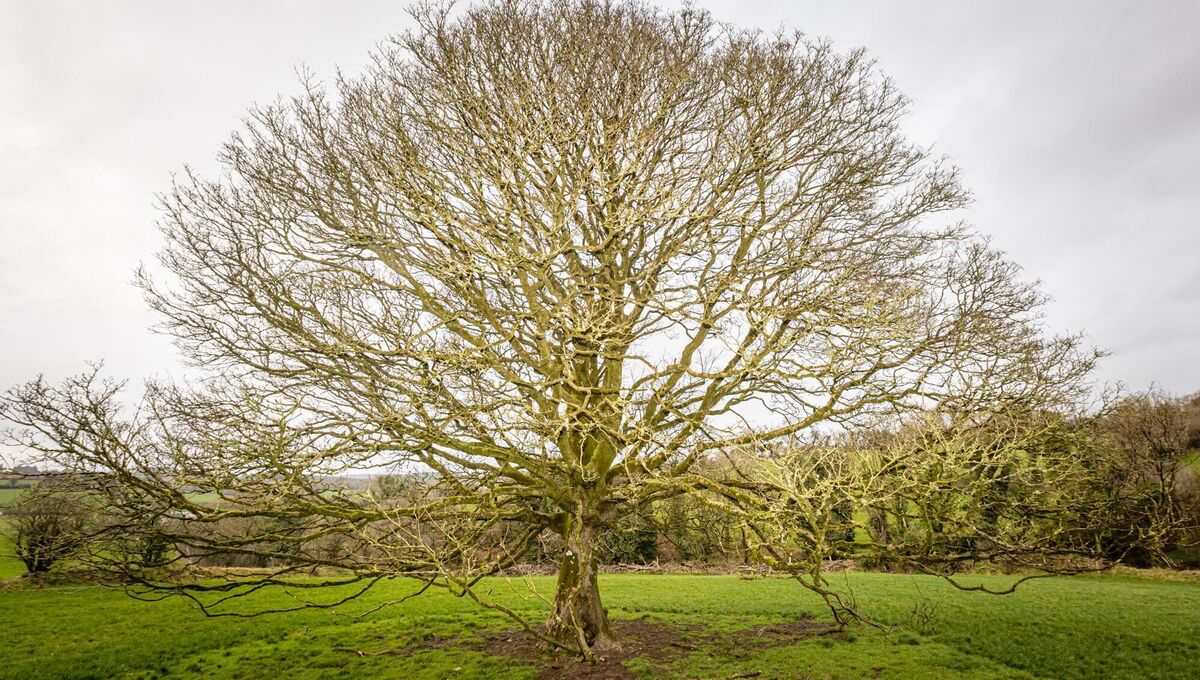Chalice at heart of mystery involving two murdered priests in Cork now held in British museum

The Mount Keefe Chalice Chalice. Picture: Victoria and Albert Museum
One of Ireland's oldest religious artefacts is at the centre of a mystery involving the murder of two priests in Co Cork.
The Mount Keefe Chalice is believed to have been used by the priests when they celebrated Mass in around the 1690s, during the Penal Laws that outlawed Catholic Masses.
It vanished after they were both murdered on a farm near the north Co Cork town of Newmarket around 1690.
A 30ft sycamore tree, known as The Chalice Tree, now stands at or near the spot where the priests were murdered and buried.
Local folklore suggests the priests had hurriedly buried the chalice in a hole before they were murdered and the Chalice Tree grew up out of that hole.

However, this is unlikely as the tree has since been dated and is between 150 and 200 years old.
An Australian podcast has revealed the chalice emerged more than 200 years after it vanished and is now on display in London’s Victoria and Albert Museum.
It was sold to the museum in 1929 for £400, or around €25,000 in today’s money.
The family that sold it has said it was most likely bought by a relative in 1915 at an auction of items in a collection by the famous Cork antiquarian Robert Day.
But nobody knows where Mr Day, whose controversial involvement in the discovery of gold ornaments in Cork in 1896 led to him being investigated by the Royal Irish Constabulary, got the chalice.
He may have found it in the 1860s, when documents of his collections are known to have featured what he described as “Ecclesiastical Antiquities”.
However, while almost all his records have been digitised and contain some reference to other chalices he acquired, no trace has yet been found of any reference to the Mount Keefe Chalice.

The story of the chalice, which was made in 1590 for a branch of the O’Keefe family just outside Newmarket, North Cork, is the subject of a podcast series called Stuff the British Stole by Australian reporter Marc Fennell.
A distant relative of the O’Keefes who owned the chalice spoke in the Radio National podcast series of his “anger” when he went to see the chalice in the V&A Museum in 2016.
Jeremiah McAuliffe had been aware it was there because someone from Newmarket who had emigrated to London had spotted it in the V&A in the 1960s and sent back a photograph of it to their relatives.
He later tells Mr Fennell in the podcast when asked what he would like to see happen to the chalice that he hopes it could be used as part of a narrative about Ireland’s penal years, and not just another "random" exhibit.
Asked if it was interested in the return of the chalice to Ireland, a National Museum spokesperson said: “With regard to objects of Irish origin in museum collections globally, there is currently no open correspondence from the National Museum of Ireland to international museums seeking the return of objects on a permanent basis to Ireland’s national collection.
“The National Museum of Ireland regularly engages with its counterpart in the UK, Europe and internationally to secure loans, exchange expertise and support public programmes on collections.”
The notes to go with the chalice in the V&A museum read: “This chalice is grand in proportion, for a large congregation, and is engraved with the Crucifixion and the Instruments of the Passion (objects associated with Christ’s suffering and Crucifixion).
“It is inscribed in Latin ‘COK had me made in the Year of the Lord 1590’."










